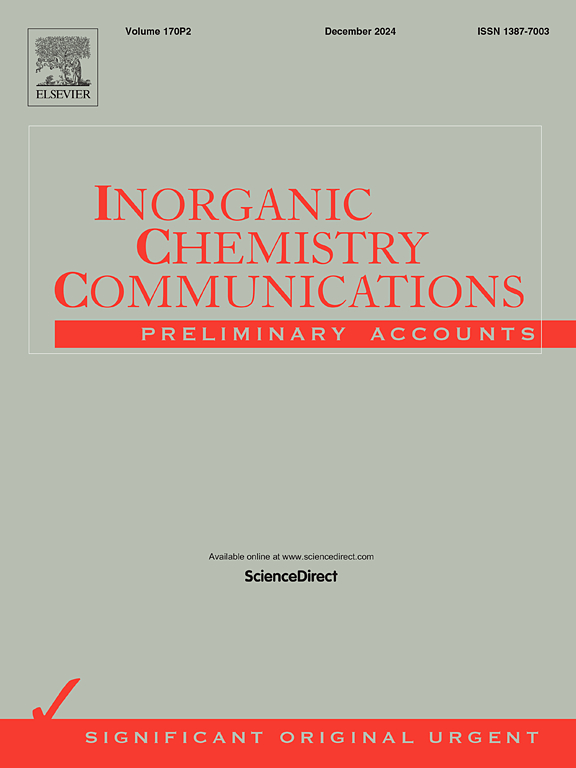Unveiling the therapeutic potential of ultrasound-responsive micro/nanobubbles in cancer management
IF 4.4
3区 化学
Q1 CHEMISTRY, INORGANIC & NUCLEAR
引用次数: 0
Abstract
The utilization of ultrasound (US) technology for cancer diagnosis and treatment has garnered increasing interest in recent years. One area of particular focus is the integration of ultrasound and nanobubbles (NBs) in targeted cancer therapy. Nanobubbles are tiny bubbles with nanoscale dimensions that exhibit unique physical and chemical characteristics in their core and shell. These bubbles are designed to enhance the stability, bioavailability, and distribution of drugs when targeted to specific regions. The small size of nanobubbles allows them to easily exit the bloodstream and reach adjacent tissues, enabling precise and minimally invasive drug delivery using ultrasonography. Ongoing research aims to develop nanobubbles as contrast agents for bioimaging and targeted delivery. Fabricating nanobubbles typically involves ultrasonication, followed by techniques such as thin film evaporation, high shear emulsification, mechanical stirring, coacervation, or coalescence methods. When exposed to ultrasound or extracorporeal shock waves, the medicine contained within the nanobubbles is released into the target cells. This review article provides a concise overview of the formulation development processes and the various shell and core contents used in nanobubble development. It focuses on analyzing nanobubble systems that respond to ultrasound for cancer treatment, particularly in drug delivery and imaging applications. The research also explores ultrasound settings, nanobubble manufacturing, and the factors and challenges that affect their effectiveness. By offering comprehensive insights, this review serves as a valuable resource for scholarly investigations into the use of nanobubbles in cancer treatment. It delves into the potential benefits and challenges associated with their development and application. The persistent efforts in research and development within this domain will play a pivotal role in propelling the field of cancer therapeutics forward.

求助全文
约1分钟内获得全文
求助全文
来源期刊

Inorganic Chemistry Communications
化学-无机化学与核化学
CiteScore
5.50
自引率
7.90%
发文量
1013
审稿时长
53 days
期刊介绍:
Launched in January 1998, Inorganic Chemistry Communications is an international journal dedicated to the rapid publication of short communications in the major areas of inorganic, organometallic and supramolecular chemistry. Topics include synthetic and reaction chemistry, kinetics and mechanisms of reactions, bioinorganic chemistry, photochemistry and the use of metal and organometallic compounds in stoichiometric and catalytic synthesis or organic compounds.
 求助内容:
求助内容: 应助结果提醒方式:
应助结果提醒方式:


